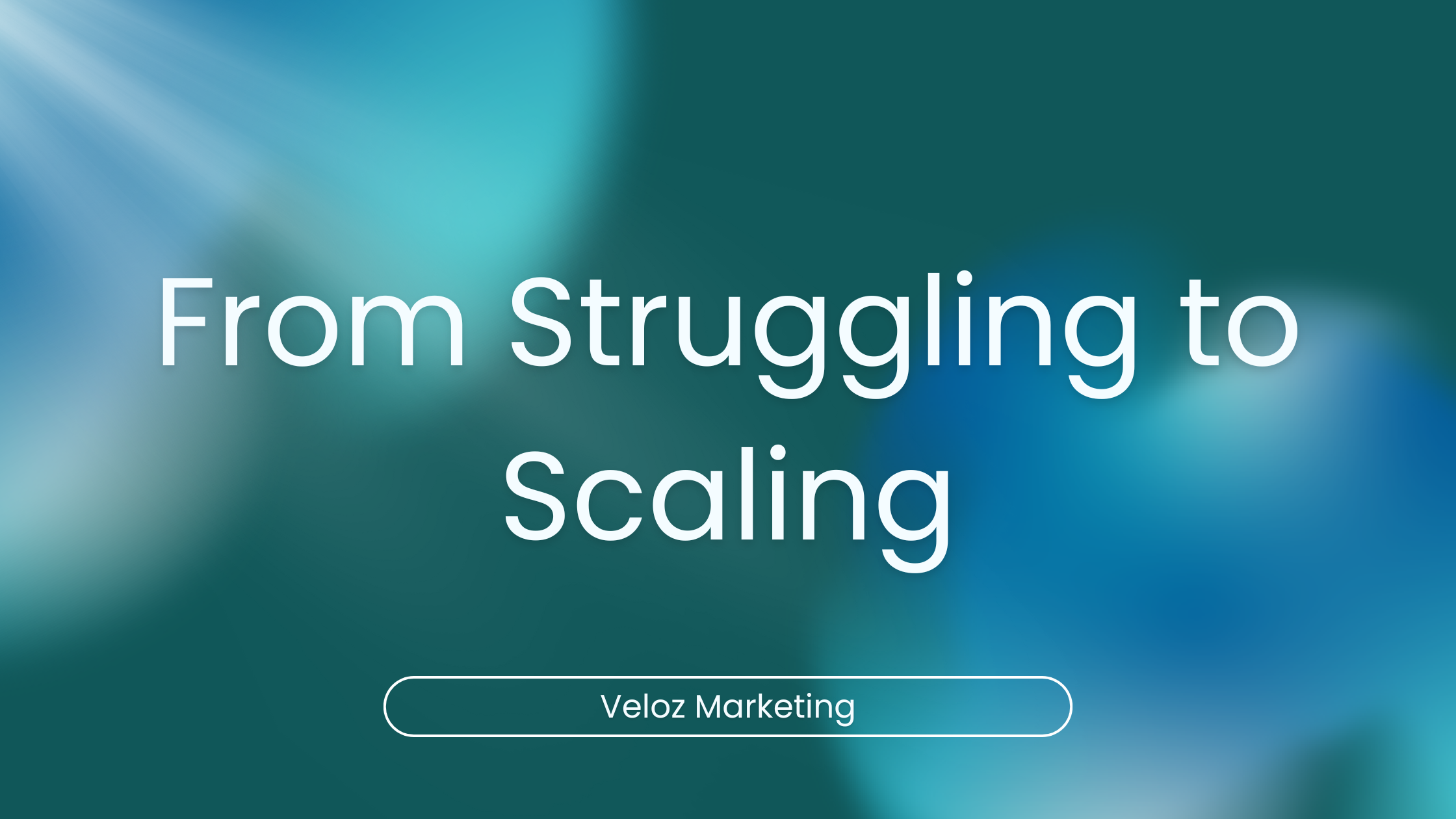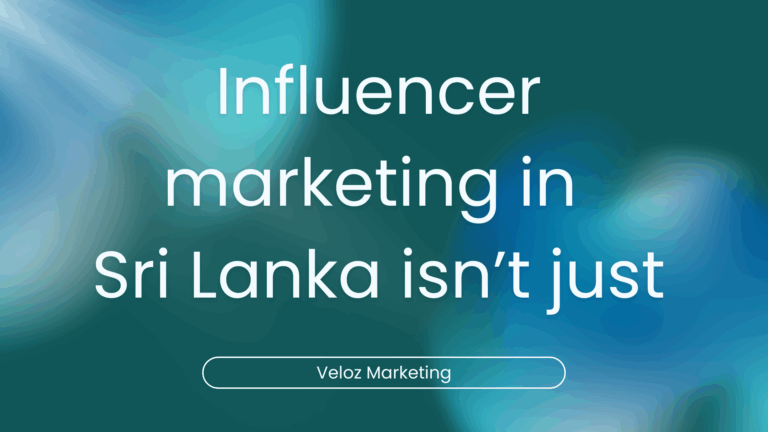
If you run a business and feel like digital marketing is one big mystery box — you’re not alone.
We’ve had clients come to us burned by agencies, confused by analytics, and convinced that Google ads or SEO just “don’t work” for their kind of business.
In this post, we’re not going to try to sell you on a miracle. We’re going to walk you through a real client story — no made-up numbers, no corporate-speak — and show you how digital marketing actually works when it’s done with intention.
This isn’t about showing off what we did. It’s about giving you a clear view of what any business can do if the right strategy is in place.
Meet the Client: A Mid-Sized Retailer with Big Offline Presence, Zero Digital Results
Our client (we’ll call them Evergreen & Co.) had been in business for 12 years. They sold high-end indoor plants and decorative planters — real storefront, loyal walk-in customers, and great products.
But online? Crickets.
Here’s what their digital presence looked like when they came to us:
- A basic Shopify site, averaging ~200 visitors/month
- No SEO strategy at all — not even a blog or meta descriptions
- Occasional Facebook posts (likes mostly from friends/family)
- Google Ads campaign burning $600/month with zero conversions tracked
- Email list of 340 people, barely used
And yet, they had something most struggling businesses don’t: a strong brand, a good story, and products people actually loved.
They just didn’t know how to translate any of that into online traction.
Step 1: Fix the Foundation (Spoiler: Most People Skip This)
Before you even touch ads or content, the basics need to work. For Evergreen, here’s what we fixed first:
Website Optimization
- Speed was poor — over 6 seconds load time. We compressed images, removed unused Shopify apps, and cut it to under 2 seconds.
- Product pages had no real descriptions, so we wrote copy that addressed actual customer questions and included keywords like “low maintenance indoor plants” and “modern ceramic planters.”
- We added trust signals — Google reviews, return policy, real customer photos — to reduce buyer hesitation.
Lesson: If people don’t trust your website or can’t use it easily, ads will just pour water into a leaky bucket.
Step 2: Understand the Audience — Then Build for Them
Evergreen was trying to sell to everyone. But after some research, we noticed a few things:
- Their biggest in-store buyers were women aged 25–44, buying for apartments or gifting.
- Most lived in cities where greenery was a luxury.
- Their competitors were big-box stores — but those didn’t offer the design or personal touch Evergreen had.
So, we built a persona-driven strategy:
- Target: Urban millennials who love interior aesthetics, shop online, and appreciate sustainability.
- Messaging: Focused on ease (“plants you won’t kill”), design appeal, and curated gifting.
- Channels: Instagram, Pinterest, and email for visuals and community. Google Search for high intent.
Lesson: If you market to everyone, you convert no one. Clarity beats reach.
Step 3: Traffic Without Strategy = Wasted Money
Evergreen had already “tried” ads — and hated the results.
Turns out they were running broad campaigns with no tracking. No retargeting. No idea what keyword triggered what sale.
What We Did Differently:
- Google Ads:
- Split campaigns into branded, non-branded, and product-specific.
- Used keywords like “easy indoor plants for beginners” and “gifts for plant lovers.”
- Tracked conversions (finally) using GA4 + Shopify integration.
- Meta Ads (Instagram + Facebook):
- Created short video ads showcasing “before and after” room aesthetics with plants.
- Ran retargeting ads to people who visited the site but didn’t purchase.
- Launched a gifting campaign close to Valentine’s Day with carousel ads and urgency-based copy.
Results?
- CPC dropped by 37%
- ROAS hit 3.8x in month two
- Abandoned cart recovery shot up 24%
Lesson: Ads don’t work in isolation. They work when connected to clear goals, tested creative, and actual data.
Step 4: Content That Educates (And Sells Quietly)
We didn’t launch a blog just to blog. We used content to solve problems our audience actually had:
- “Which indoor plants are safe for pets?”
- “5 Low-Light Plants That Thrive in Apartments”
- “How to Gift Plants Without Being Weird”
Every article ended with relevant product links and email sign-up offers like “Get 10% off your first order + a free plant care guide.”
Each post was optimized for long-tail search (we used keyword tools, yes — but mostly common sense). Organic traffic grew steadily month over month.
Lesson: Content isn’t about volume. It’s about usefulness. If someone Googles a question you can answer — and you do it well — they’ll remember you.
Step 5: Emails That People Actually Opened (And Clicked)
The old newsletter? A wall of product links. No context. No clicks.
We redesigned Evergreen’s email approach around storytelling and timing.
- Welcome email: 60% open rate, 23% click-through, included a discount and a care guide
- Monthly features: Highlighted bestsellers, seasonal items, and staff picks
- Win-back flow: For customers who hadn’t purchased in 3+ months
We even tested subject lines like “This plant survived my vacation” — which got more opens than “March Newsletter.”
Lesson: Email isn’t dead. Boring email is.
6-Month Results: From Invisible to In-Demand
Here’s what happened over six months:
| Metric | Before | After 6 Months |
|---|---|---|
| Monthly Website Visitors | ~200 | 8,900+ |
| Monthly Revenue (Online) | $1,400 | $14,700 |
| Email List Subscribers | 340 | 2,800+ |
| Conversion Rate | 0.5% | 2.1% |
| ROAS (Google + Meta Ads Avg) | N/A | 3.8x |
| Top Organic Ranking Keyword | N/A | “low light indoor plants” (#4) |
What You Can Learn From This
Digital marketing works — but not by throwing money at trends. Here’s what actually matters:
- Fix the foundation first. No point running ads if your site isn’t built to convert.
- Know your buyer. Stop guessing. Research. Ask. Analyze.
- Track everything. Guesswork is expensive.
- Make content people actually want. Help before you sell.
- Be consistent. It’s not about going viral. It’s about showing up, again and again.
Final Thought
Evergreen didn’t triple their revenue overnight. But they did go from invisible online to building a loyal customer base — the kind that buys again, tells their friends, and trusts the brand.
And that’s what digital marketing should do.
If your business is stuck, or you’re tired of throwing money at ads that don’t work, this story is proof that with the right approach — strategy, not shortcuts — growth is possible.



Find out how to effectively fix home devices, for the purpose of do it right.
why is my microwave light not working? [url=http://www.technirepair.com/microwave-repair-made-easy-tips-for-common-issues]http://www.technirepair.com/microwave-repair-made-easy-tips-for-common-issues[/url] .
Uncover the newest construction solutions, that are transforming.
mistakes to avoid in construction [url=https://rapidlybuild.com/10-common-construction-mistakes-and-how-to-avoid-them]https://rapidlybuild.com/10-common-construction-mistakes-and-how-to-avoid-them[/url] .
Marketing basics for a new business, useful recommendations.
market analysis for a business plan [url=http://timetobuiseness.com/how-to-create-a-business-plan-key-steps-and-tips/]http://timetobuiseness.com/how-to-create-a-business-plan-key-steps-and-tips/[/url] .